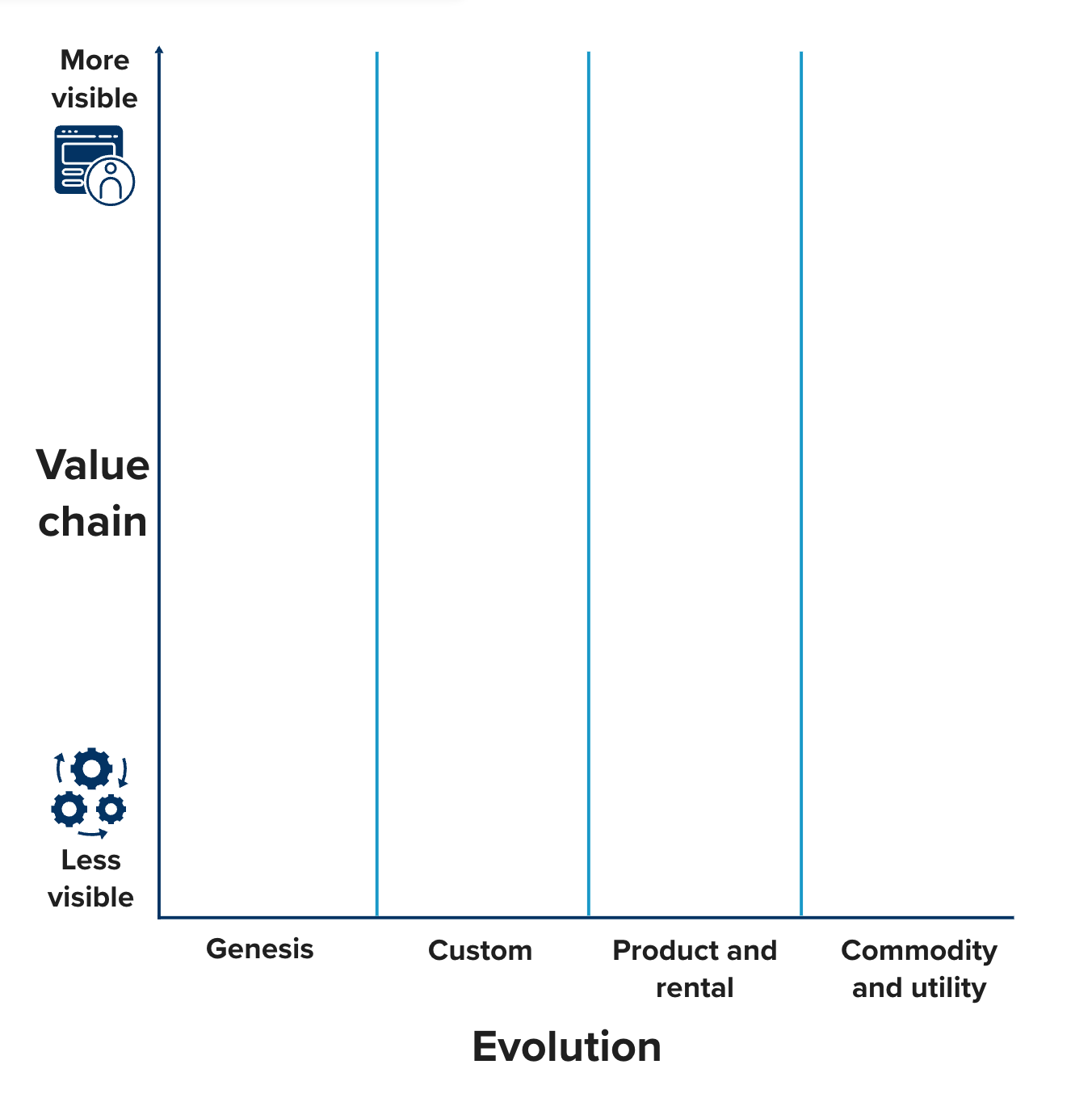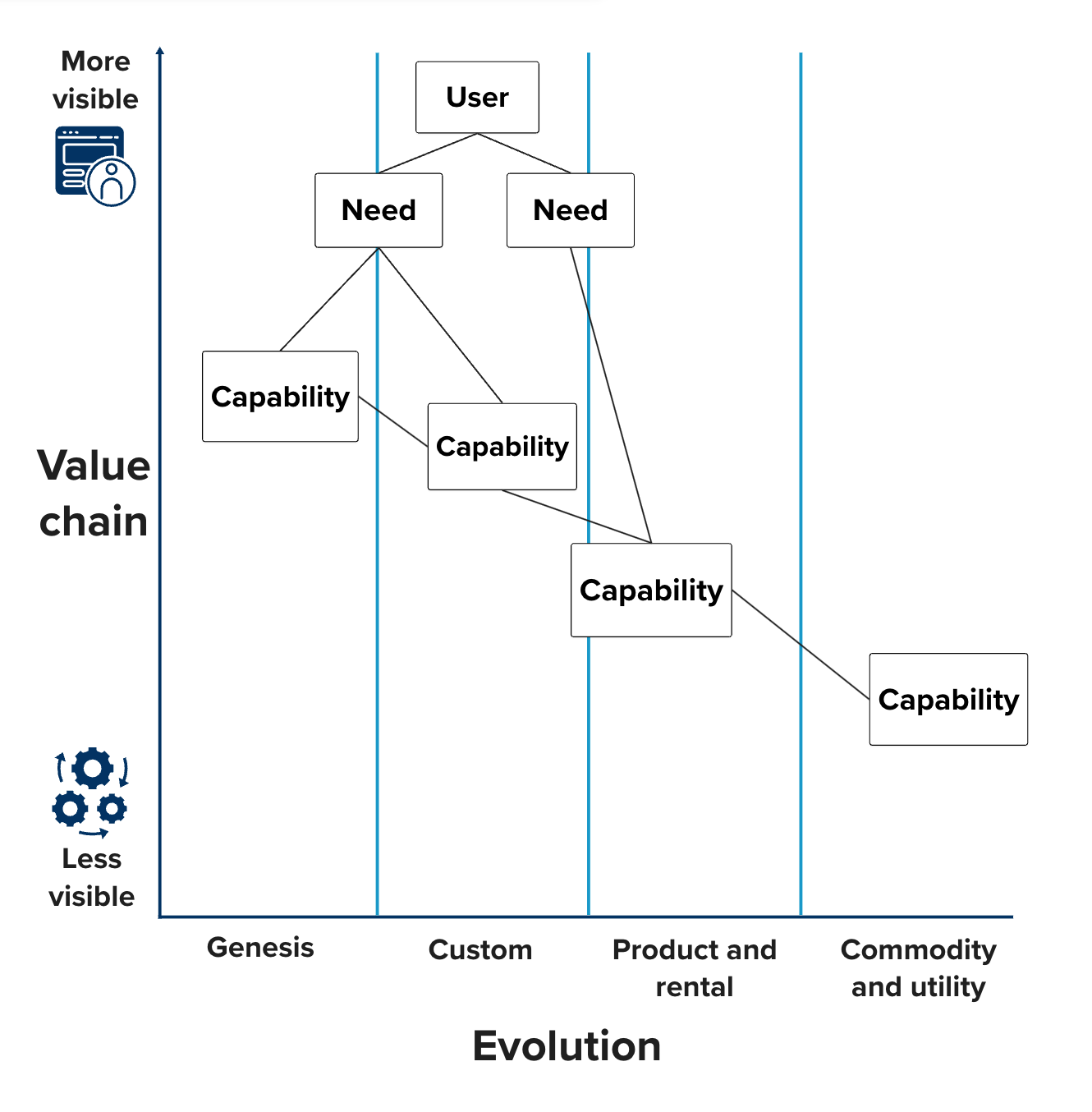Tech challenges: decide whether to build, buy or share
When creating or improving a digital product or service, you may face some difficult decisions. For example, if it’s best to develop in house or to follow the traditional procurement process.
Traditional IT procurement has led to some large, inflexible contracts. Products may have a poor user experience and can be difficult to adapt or improve. A core Local Digital declaration principle is to move away from expensive, inflexible technology.
Modern user-centred design methods help to avoid some of these problems, by:
- focusing on a user-first approach, putting the needs of people using the service first
- using incremental changes for continuous improvement
- collaborating
- using open standards
This approach ensures compliance with service standards for government digital services.
However, a robust solution may already exist in the marketplace. For example, using large-scale cloud services may be more cost-effective than building and maintaining your own data servers.
How to decide whether to build, buy or share
Using a Wardley Map is one way to help determine the best strategy for digital solutions. It illustrates the relationship between your technical capabilities, user needs, visibility and product evolution.
For this activity:
- Start with a graph with a value chain on the vertical axis and evolution on the horizontal axis.

An example of a blank Wardley map with value change on the vertical axis and evolution the horizontal axis - Take your user needs and identify the capabilities that will help you meet them. Understand more about your users to ensure you know what they need. User needs will serve as an anchor for plotting your capabilities.
- List the capabilities currently present in your architecture. For example, any:
- forms that people interact with
- content management systems
- line of business systems utilised by delivery staff
- data hosting services used and created during interactions
- Organise the capabilities so you can identify dependencies.. For example, you may have web forms that rely on a content management system which, in turn, depends on less visible IT infrastructure and hosting services.
- Plot them on a vertical axis for the value chain. Add the most visible user needs and service touchpoints at the top, and the least visible root causes at the bottom.
- Think about where your capabilities are in their stage of evolution of supply and demand over time:
- genesis – they are new or experimental
- custom – they are bespoke
- product and rental – they are generally available
- commodity and utility – they are standardised and large scale
Use the evolution characteristics to determine the stage of your capabilities.

Consider the following:
- purchasing off-the-shelf solutions or utilising free options
- outsourcing to utility providers offering standardised solutions
For organisation-specific solutions, such as more visible services or products that are newer or evolving, it would be best to assemble an interdisciplinary team to work on them. That way the team can adapt and iterate them as your understanding of user needs changes.
Tips for this exercise
You should:
- keep it simple
- do not over analyse or try and make a perfect model of everything
- use it to improve your awareness and prompt conversations
What you can do next
Make sure any purchases comply with the Declaration principles, such as open standards.
Consider any opportunities to save money and solve shared problems by sharing services between departments or organisations.
 UK Ministry of Housing, Communities and Local Government (MHCLG)
UK Ministry of Housing, Communities and Local Government (MHCLG) 